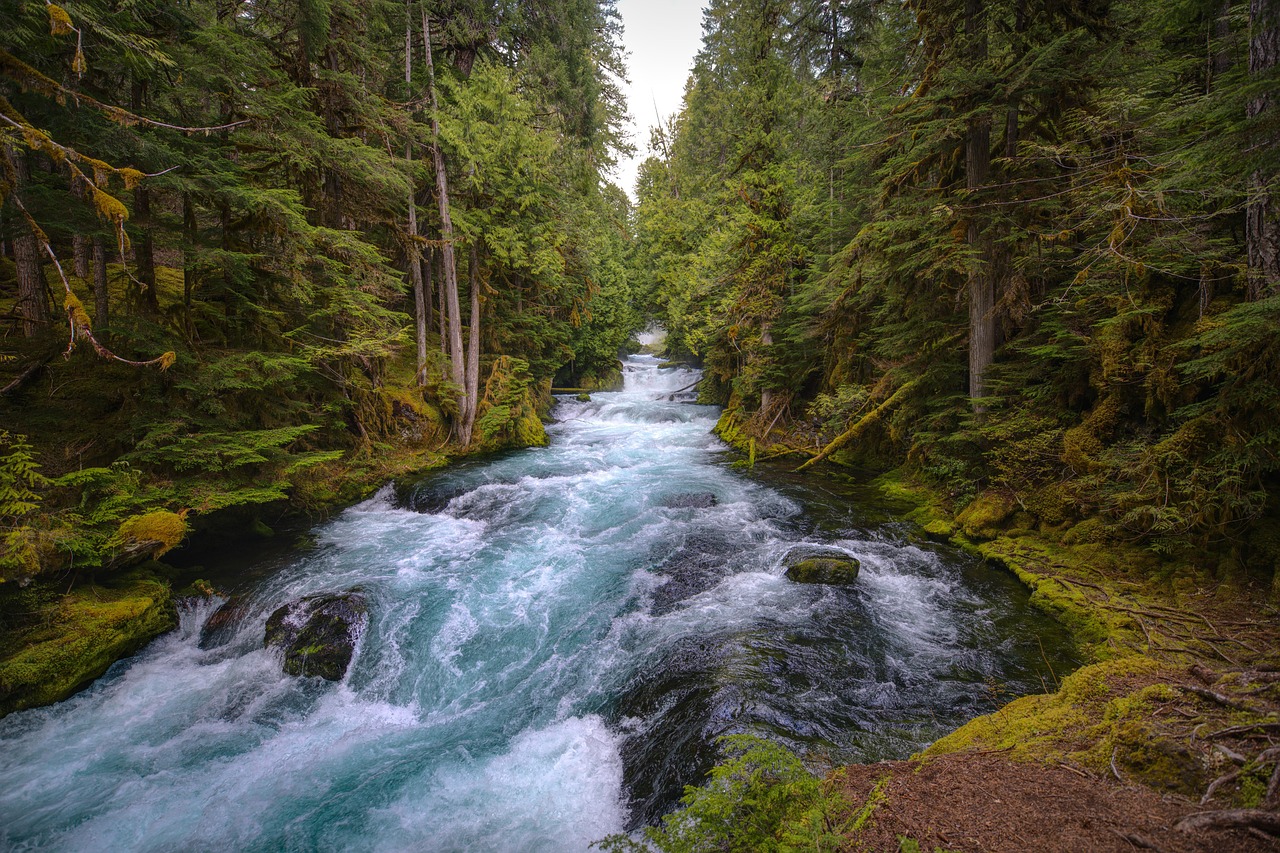When thinking about water adventures in the United States, most people immediately picture the crystal-clear waters of Hawaii, the sunny beaches of Florida, or perhaps the rugged coastline of California. However, the U.S. is home to countless hidden aquatic gems that offer extraordinary experiences for water enthusiasts. From unexpected urban waterways to remote wilderness settings, these lesser-known destinations provide unique opportunities for adventure, relaxation, and connection with nature. Whether you’re a seasoned water sports enthusiast or simply looking to dip your toes into something new, these 13 unexpected places across America will surprise and delight you with their exceptional water-based activities and breathtaking scenery.
1. Buffalo National River, Arkansas
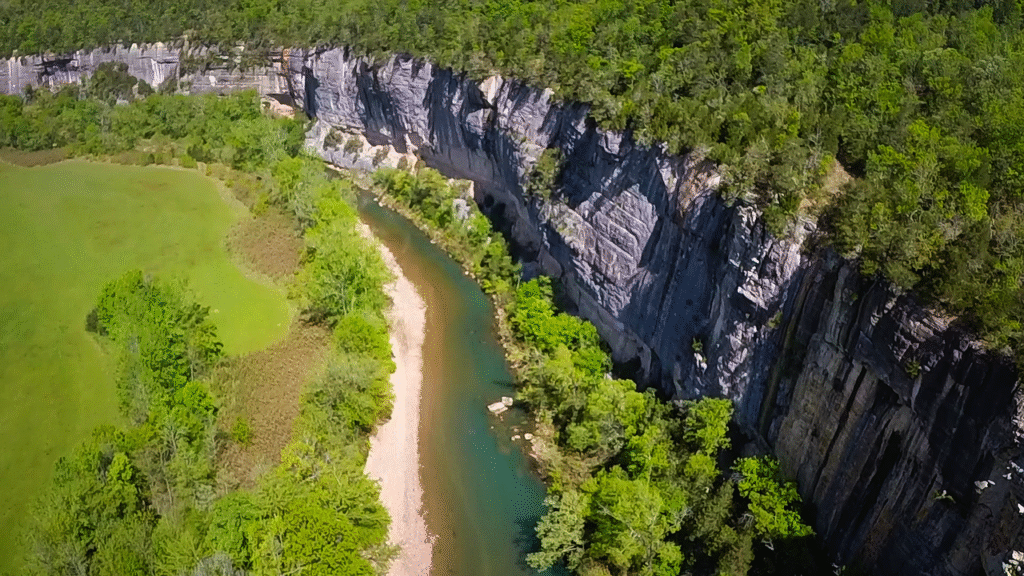
Nestled in the heart of the Ozark Mountains, the Buffalo National River offers an unexpected oasis for water lovers in a state not typically associated with aquatic adventures. As America’s first National River, this 135-mile waterway flows freely without dams, creating a pristine environment for canoeing, kayaking, and fishing. The emerald waters wind through towering limestone bluffs that reach heights of over 500 feet, creating dramatic scenery that rivals more famous destinations. During spring and early summer, the river provides exciting whitewater opportunities for experienced paddlers, while later in the season, the gentler flows are perfect for family-friendly float trips and swimming in numerous crystal-clear pools.
2. Lake Champlain, Vermont
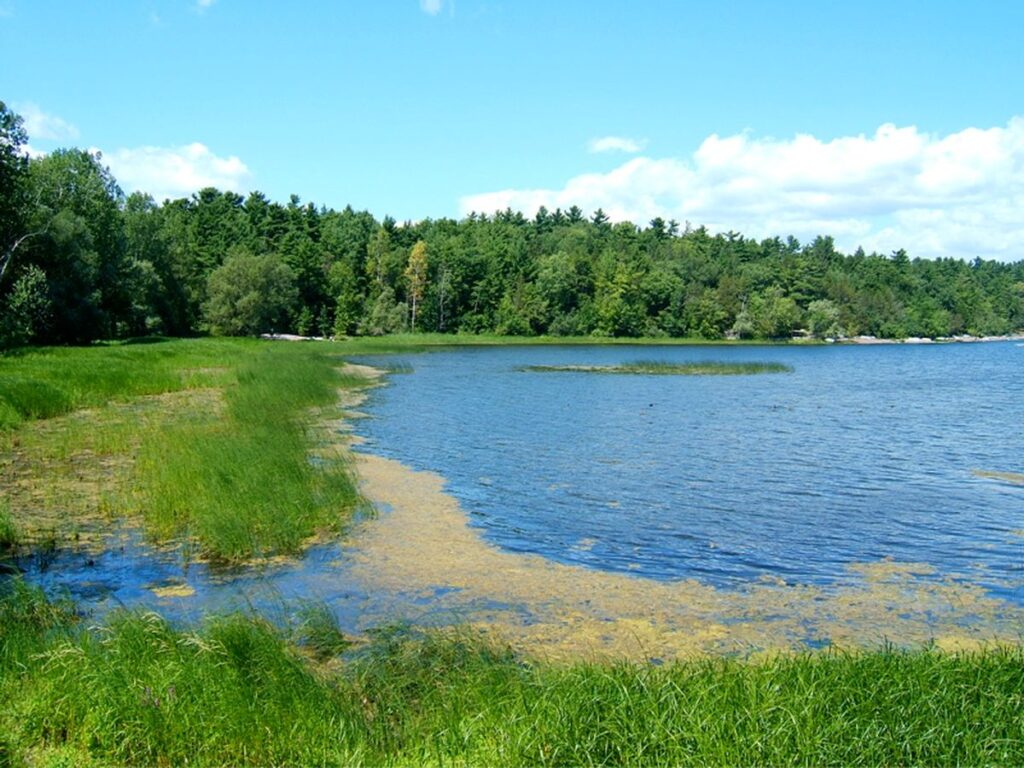
Stretching 120 miles between Vermont and New York, Lake Champlain is a freshwater paradise that often gets overshadowed by Vermont’s famous mountains and fall foliage. This vast lake contains more than 80 islands and boasts incredible water clarity, making it perfect for scuba diving among numerous historic shipwrecks that date back to the Revolutionary and Civil Wars. Kayakers can explore the lake’s intricate shoreline and hidden coves, while sailing enthusiasts enjoy consistent winds that create ideal conditions for both recreational cruising and competitive racing. During winter months, the lake transforms into an ice fishing destination, and brave souls can even try the increasingly popular sport of ice kiting across its frozen surface.
3. Rio Grande Gorge, New Mexico
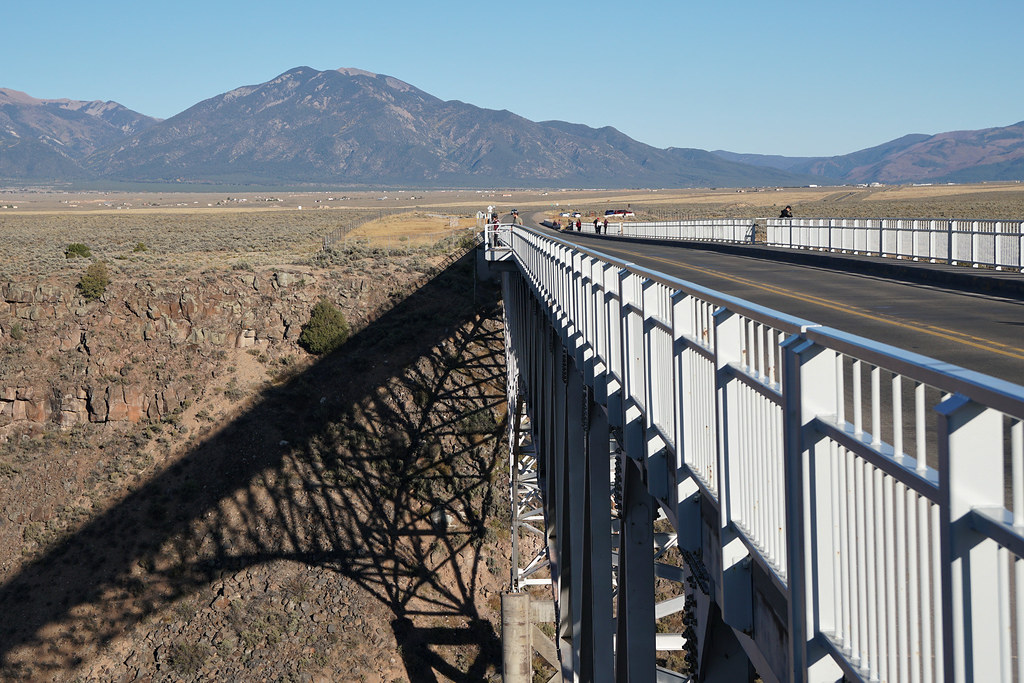
In the high desert landscape of northern New Mexico, the Rio Grande cuts a dramatic 800-foot-deep gorge that provides thrilling whitewater rafting in one of America’s most unexpected settings. The Taos Box, a 16-mile stretch of continuous Class III and IV rapids, offers technical challenges through a stunning desert canyon where bighorn sheep and golden eagles are common sights. During calmer seasons, sections of the river provide more accessible adventures for beginners, with guided trips that combine paddling with visits to natural hot springs hidden along the riverbanks. The contrast between the harsh desert environment and the life-giving river creates a unique ecosystem that adds another dimension to the adventure experience.
4. Apostle Islands National Lakeshore, Wisconsin
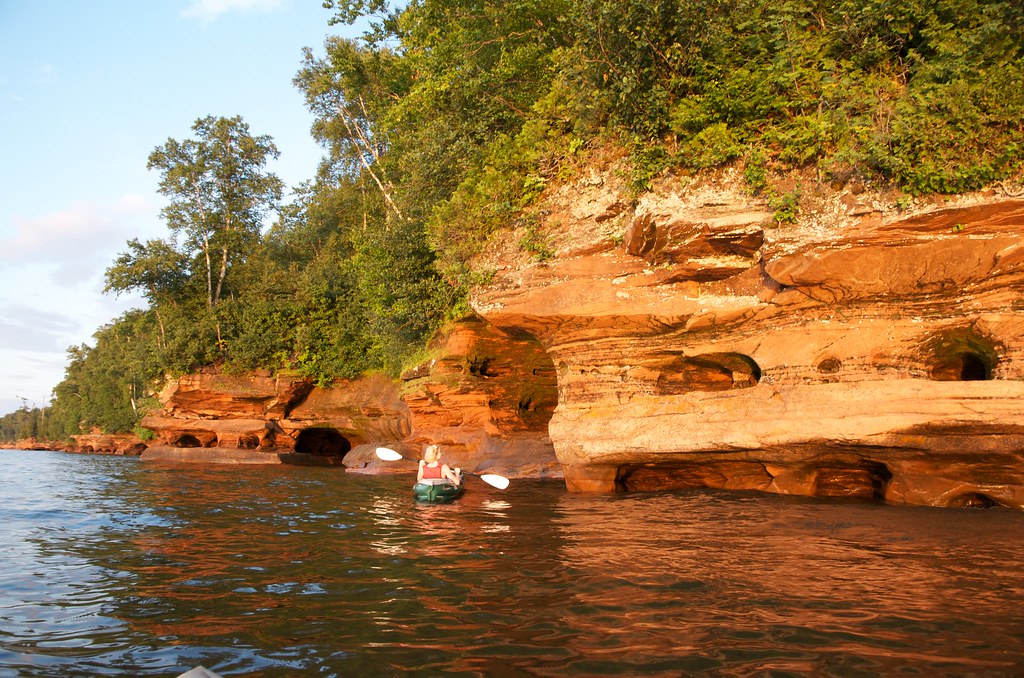
Along the southern shore of Lake Superior, the Apostle Islands National Lakeshore offers a world-class sea kayaking destination that feels more like an ocean environment than an inland lake. This archipelago of 21 islands features remarkable red sandstone sea caves that have been carved by centuries of wave action, creating cathedral-like chambers that kayakers can paddle through during calm water conditions. Winter brings another unexpected adventure as the lake freezes and the caves transform into stunning ice formations that visitors can explore on foot. Beyond the caves, the islands themselves contain pristine beaches, historic lighthouses, and camping opportunities that allow for multi-day paddling expeditions in this freshwater wilderness.
5. Crater Lake, Oregon
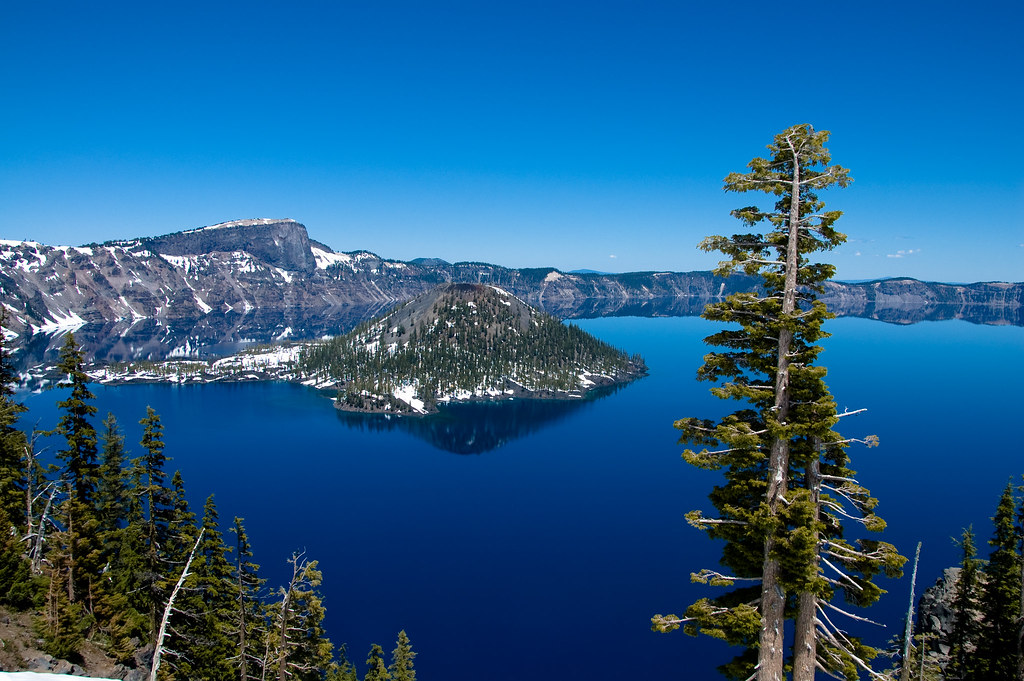
While Crater Lake is famous for being America’s deepest and clearest lake, few visitors realize they can swim and even scuba dive in its remarkably blue waters. Formed in the caldera of an ancient volcano, the lake’s waters reach a depth of 1,943 feet and maintain exceptional clarity due to the absence of incoming streams carrying sediment. A trail at Cleetwood Cove provides the only safe access to the water, where swimmers are greeted by an invigorating 55-degree plunge into waters so clear that visibility often exceeds 100 feet. For certified scuba divers, the lake offers a rare opportunity to explore an underwater landscape of volcanic formations, though the high altitude (6,178 feet) requires special training and experience for safe diving.
6. Boundary Waters Canoe Area Wilderness, Minnesota
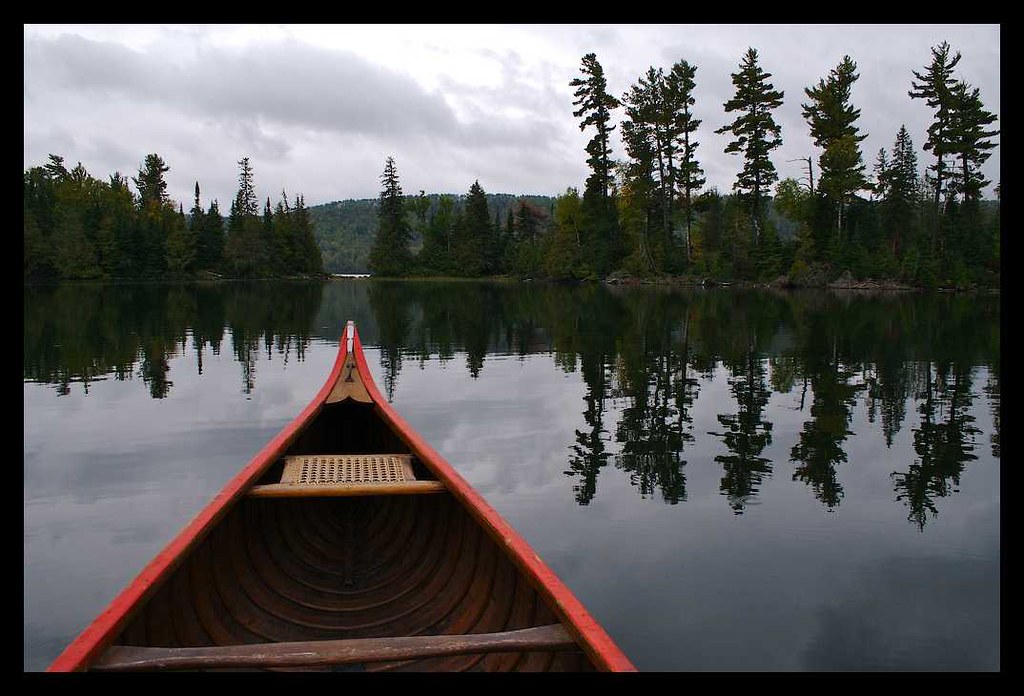
Spanning more than a million acres along the Canadian border, the Boundary Waters Canoe Area Wilderness represents one of North America’s premier paddling destinations with over 1,100 lakes connected by streams and portage trails. This vast wilderness offers the opportunity for multi-day canoe camping trips where paddlers can travel for weeks without crossing their own path or seeing signs of modern civilization. The pristine lakes range from small, intimate pools to expansive bodies of water where waves can challenge even experienced paddlers. With limited motorized access, visitors experience exceptional quiet, world-class stargazing, and frequent wildlife encounters with moose, beavers, and loons in this protected northern forest ecosystem.
7. Chattahoochee River, Georgia
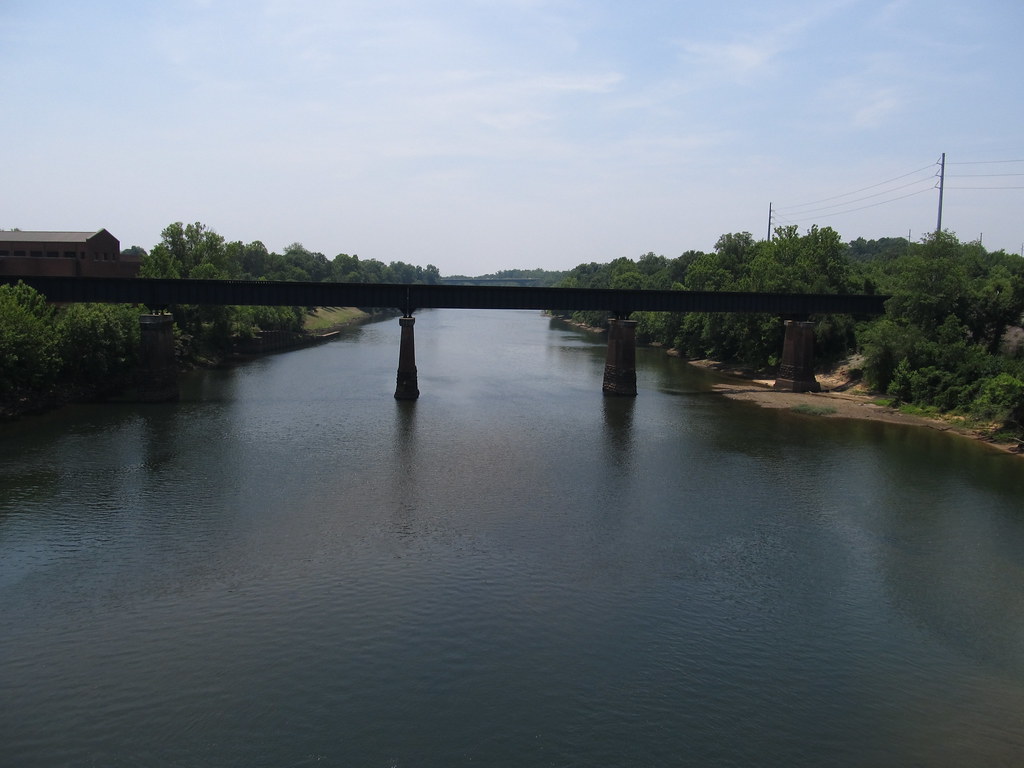
Flowing through metropolitan Atlanta, the Chattahoochee River provides an urban water adventure that surprises visitors with its clean waters and natural beauty so close to a major city. The river’s regulated flow from Buford Dam creates consistent conditions for tubing, kayaking, and stand-up paddleboarding throughout much of the year. The Chattahoochee River National Recreation Area protects 48 miles of river and adjacent lands, offering numerous access points where city dwellers can quickly escape into a ribbon of wilderness. During hot Georgia summers, the river’s consistently cool temperatures (around 50 degrees) provide welcome relief while creating a unique fog-shrouded landscape in early mornings that photographers and nature lovers cherish.
8. Lake Powell, Utah/Arizona
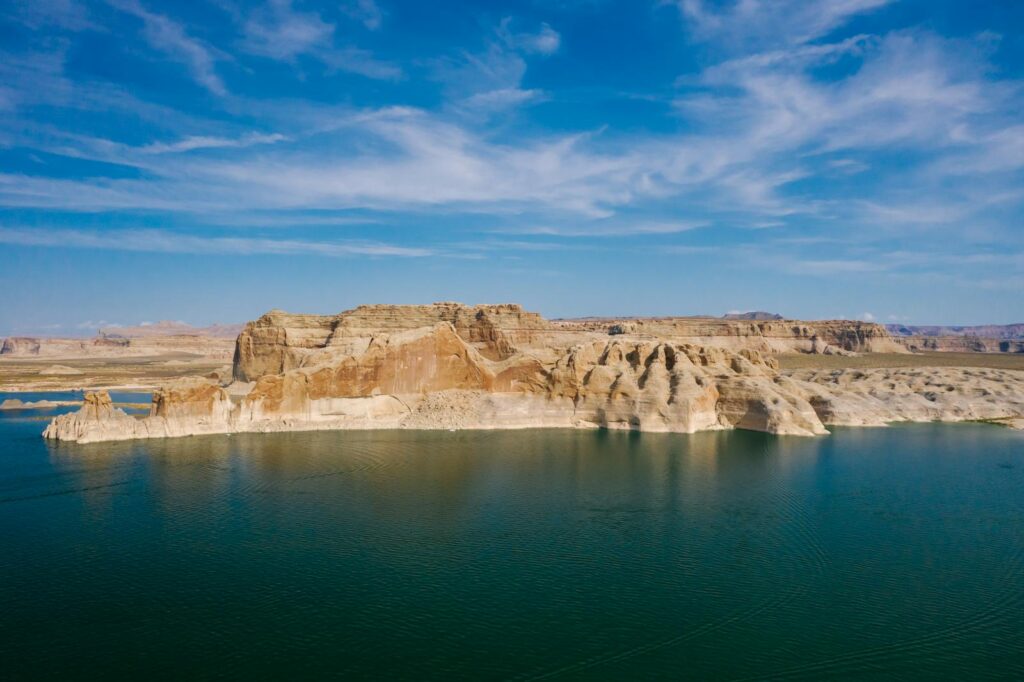
Created by the damming of the Colorado River, Lake Powell stretches across the Utah-Arizona border with nearly 2,000 miles of shoreline characterized by towering red rock formations and hidden slot canyons. While many know of the lake’s houseboat culture, fewer realize it offers world-class opportunities for technical canyoneering adventures that combine hiking, swimming, and rappelling through narrow water-filled passages. Kayakers can access remote side canyons where the lake narrows to just a few feet wide with sheer walls rising hundreds of feet on either side. The lake’s warm waters and abundant sunshine create perfect conditions for developing skills in emerging sports like wakesurfing and flyboarding, while the numerous secluded beaches provide camping options unavailable at more crowded water destinations.
9. Current River, Missouri
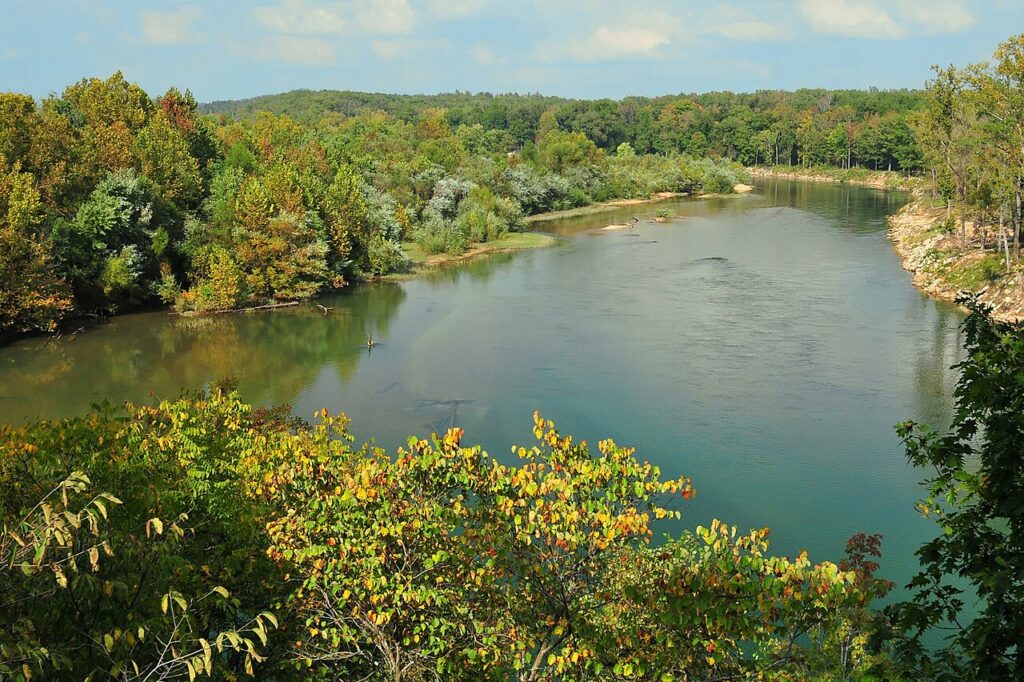
Flowing through the Ozark National Scenic Riverways, the Current River offers some of America’s clearest spring-fed waters and a floating experience unlike any other. Fed by some of the country’s largest freshwater springs, including Big Spring which pumps 286 million gallons daily, the river maintains a consistent flow and temperature year-round. This creates ideal conditions for multi-day canoe or kayak camping trips along the 134-mile protected corridor. Unique to this river system are the numerous historic mills and cabins that dot the shoreline, providing cultural points of interest during water adventures. Swimming in the river’s many deep, blue pools offers the surreal experience of floating in water so clear that it creates the illusion of being suspended in air.
10. Lake Chelan, Washington
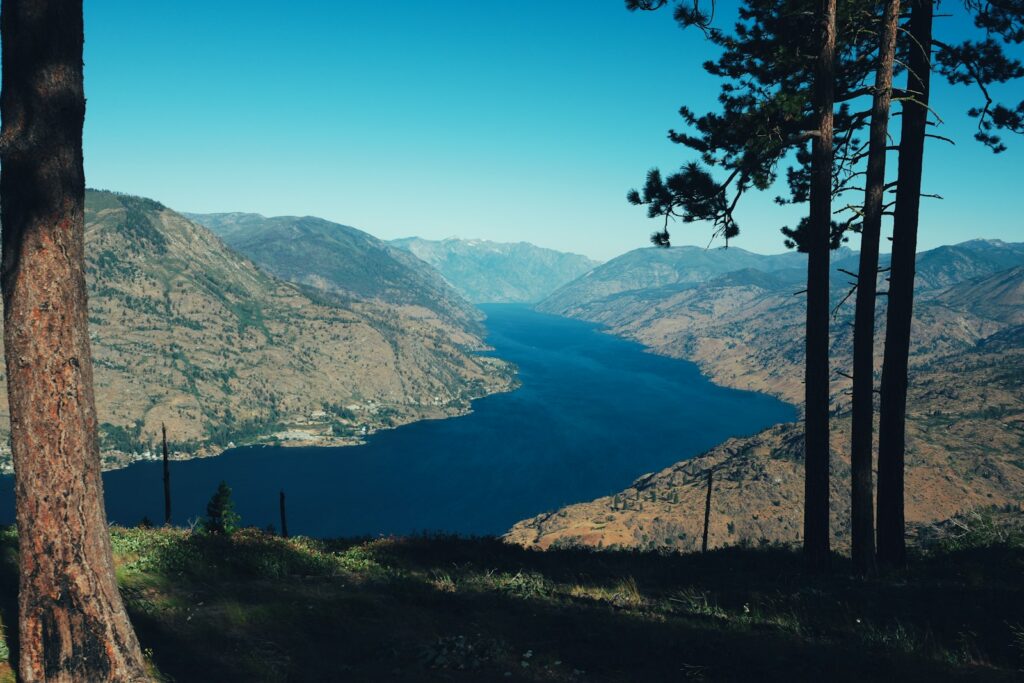
Nestled in the North Cascades, Lake Chelan stretches for 50.5 miles, making it the third deepest lake in America with depths reaching 1,486 feet. The lake’s unusual fjord-like shape creates distinct experiences, from the developed southern portion accessible by road to the remote northern reaches where the community of Stehekin can only be reached by boat, floatplane, or hiking trail. This remote section offers unparalleled opportunities for wilderness paddling with dramatic mountain backdrops and crystalline waters. The lake’s unique microclimate creates surprisingly warm summer water temperatures despite being surrounded by snow-capped peaks, making it perfect for swimming and water sports. For ambitious adventurers, the entire length of the lake can be kayaked in a multi-day expedition, camping at established sites along the lakeshore.
11. Colorado River through Moab, Utah

The stretch of the Colorado River flowing past Moab offers the remarkable opportunity to experience river adventures surrounded by some of America’s most iconic desert landscapes. Unlike the challenging whitewater sections elsewhere on the Colorado, the Daily section near Moab features mostly gentle Class I and II rapids, making it accessible for family-friendly rafting, inflatable kayaking, and even stand-up paddleboarding. The contrast between the cool river and the surrounding red rock desert creates a refreshing oasis effect during hot summer months. Evening paddle trips offer the chance to witness the dramatic transformation of the landscape as sunset illuminates the towering canyon walls with an otherworldly glow, while full moon floats provide a uniquely magical nocturnal river experience.
12. St. Croix River, Minnesota/Wisconsin
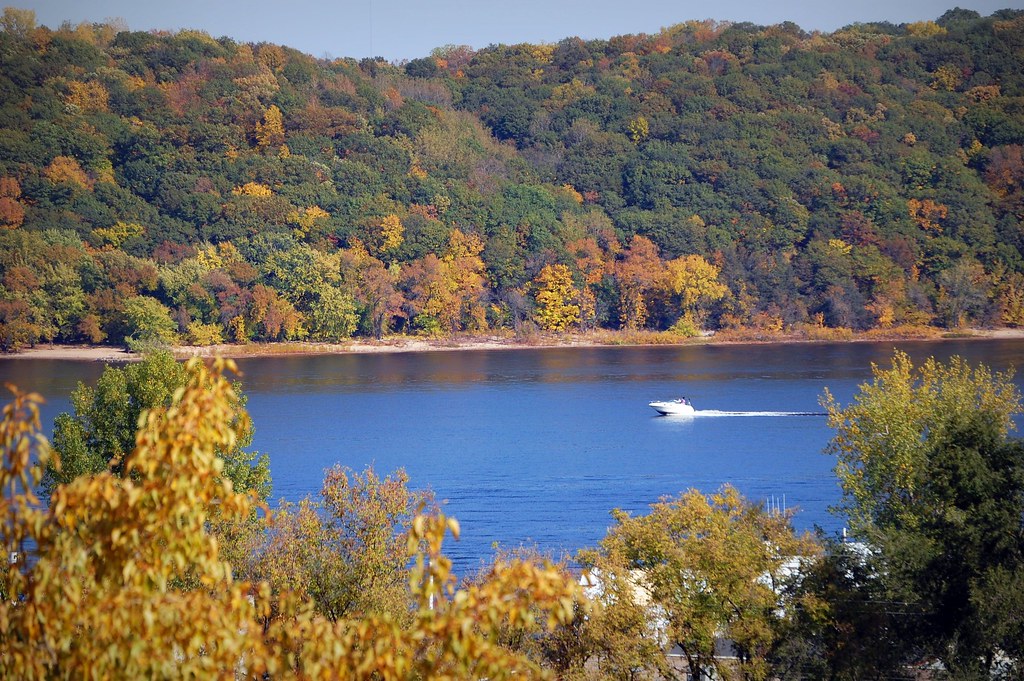
Forming part of the border between Minnesota and Wisconsin, the St. Croix River offers an accessible wilderness experience within driving distance of major Midwestern cities. As one of America’s first federally designated Wild and Scenic Rivers, the St. Croix flows through a dramatic river gorge lined with basalt cliffs and lush forests that create the feeling of paddling through a remote wilderness despite its proximity to urban areas. The river’s unique Dalles section features potholes—circular depressions carved into solid rock by swirling water and stones—that create an unusual geological landscape visible from both water level and hiking trails above. In addition to paddling opportunities, the river’s sandbars provide perfect camping spots for multi-day trips, while its healthy fish populations support excellent smallmouth bass and walleye fishing.
13. Blue Spring State Park, Florida

While Florida is known for its beaches and Everglades, Blue Spring State Park offers a completely different water adventure as one of the best places in America to swim with manatees. The spring produces 104 million gallons of crystal-clear 72-degree water daily, creating a year-round swimming and snorkeling destination in central Florida. During winter months (November through March), hundreds of West Indian manatees seek refuge in the spring’s warm waters, creating unparalleled wildlife viewing opportunities both from boardwalks and while snorkeling in designated areas. The spring run flows for about a quarter-mile before joining the St. Johns River, creating a perfect course for drift snorkeling as the current gently carries swimmers over white sand bottoms and through underwater gardens of waving eelgrass.
America’s waterways offer far more diversity and adventure opportunities than most people realize. From desert canyons to urban rivers, and from volcanic lakes to limestone springs, these 13 unexpected water destinations showcase the incredible variety of aquatic experiences available across the United States. What makes these places special isn’t just their scenic beauty, but the unique adventures they enable—whether that’s paddling through sea caves in Wisconsin, swimming in a volcanic crater in Oregon, or floating past red rock formations in Utah. For travelers willing to look beyond the obvious coastal destinations, these hidden water gems provide unforgettable adventures in surprising settings, often with fewer crowds and more authentic connections to America’s diverse landscapes.

